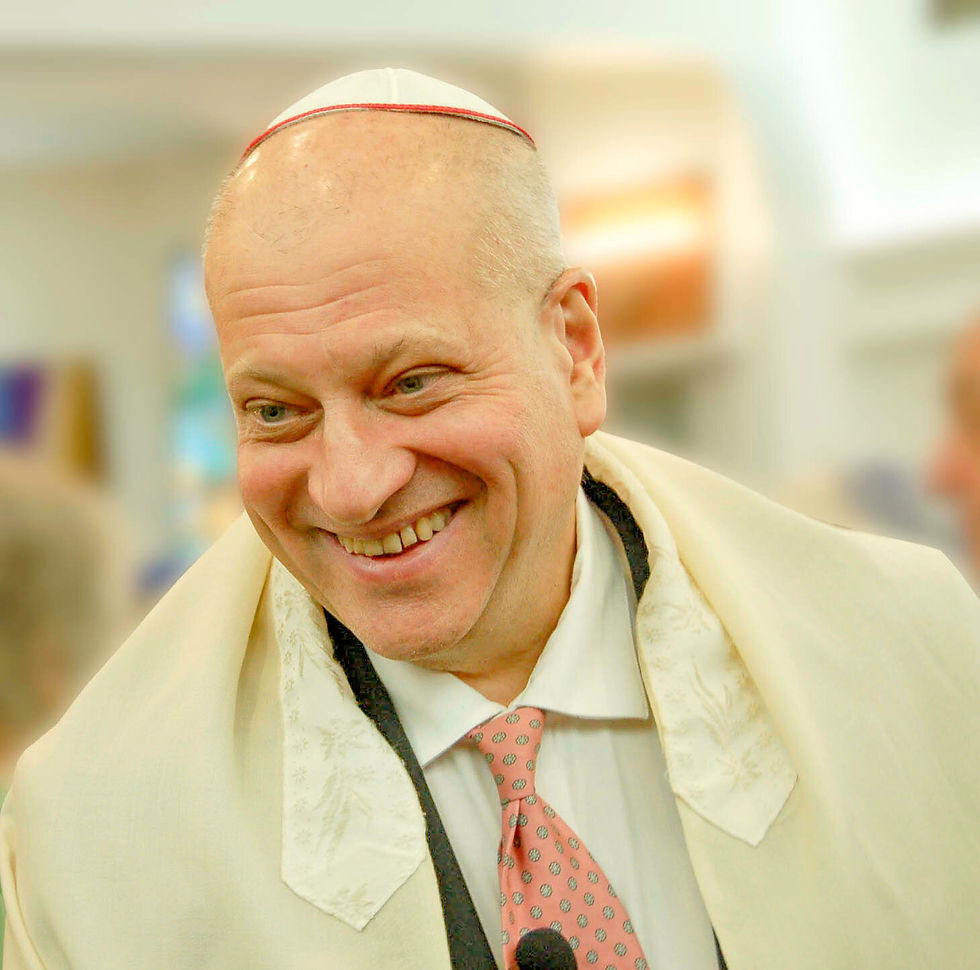Moses' Radiance
- danaevankaplan
- Mar 13, 2020
- 3 min read
In the hope of looking out for the health and welfare of our congregation, we will not be holding Shabbat Friday evening services tonight.

During this period of dislocation, we believe that it is important to maintain contact with our members through phone or internet to limit the effect of periods of isolation. In line with this, Marsha G. suggested that I send out a short Torah Talk. I enjoy comments so please feel free to respond. I will also post this on my webpage www.danakaplan.com.
A reminder, if you are in need of help or have questions let the office know and Roz will direct you. We at Temple Beth Shalom are a family and we are all here for each other. We will do our best.
As we celebrate this Shabbat at home tonight, it would be appropriate for us to follow the Jewish rituals of the lighting of Shabbat candles, saying kiddush, and reciting Hamotzi, as well as to recite the MiSheberach prayer of healing. Here is a link for the home Shabbat prayers https://reformjudaism.org/shabbat-blessings. Here is a link for the Misheberach https://reformjudaism.org/practice/prayers-blessings/mi-shebeirach-prayer-healing .
The sedra or portion of the Torah which we would have read this week is Ki Tisa Exodus 30:11−34:35
We are now just three weeks away from finishing up the book of Exodus. The salient parts of this week’s parasha tells of building the Tabernacle, the incident of the Golden calf, the request of Moses for God to reveal God's attributes, and how Moses became radiant.
At the end of the parsha, Moses stayed with God 40 days and 40 nights, ate no bread, drank no water, and wrote down on the two Tablets the terms of the covenant. This was the second time that Moses was receiving the Ten Commandments and so he was fasting for a second 40 day time span. Presumably the presence of God sustained Moses not only spiritually but physically as well.
As Moses came down from the mountain bearing the Tablets, the Torah describes that the skin of his face was radiant, and that the Israelites were afraid of him when they saw Moses glowing. Maybe they thought he was radioactive! Moses calmed them down and called them near, instructing them in the lessons of the Torah.
What was the nature of the light which radiated from the face of Moses? The Hebrew word "shone" means "put forth rays." It was not merely a reflected light but was a light which came from within, the result of those marvelous days and nights spent in the presence of Adonai on the mountain top.
Moses did not know that his face was radiant at the time but when he recorded the events of that day in the Torah later he must have known. His face continued to shine with radiance long after this encounter with God. Moses's radiance was so intense that he had to wear a veil for a certain amount of time. We don't know for how long but this veil is not subsequently mentioned over the next 38 years of the exile wilderness experience.
Did the need for the veil remain until Moses' death? If so, Moses as the leader and the interpreter of God’s will and wishes needed to keep the veil on to avoid frightening the people. When acting on behalf of God, he had his radiance, which was unveiled. In contrast, when doing his daily tasks, Moses wore a veil. Having shown his appearance to the Istraelites, they were aware and acknowledged his two positions.
The question for us is while we certainly hope that our religious experiences can move us in that direction, is it really necessary for us to obtain that radiance in order to experience God’s grace and if so, how can we work to achieve this same radiance? Is it possible for us to experience God in such an intense manner?
We certainly hope that our religious experiences can move us in that direction. Over the next few weeks, we are going to be spending a lot of time in our own homes and so we have time to consider how we could connect with God. This may require mystical techniques but we can all make a start right here right now.
Shabbat Shalom, Dana Rabbi Dana Evan Kaplan





Comments